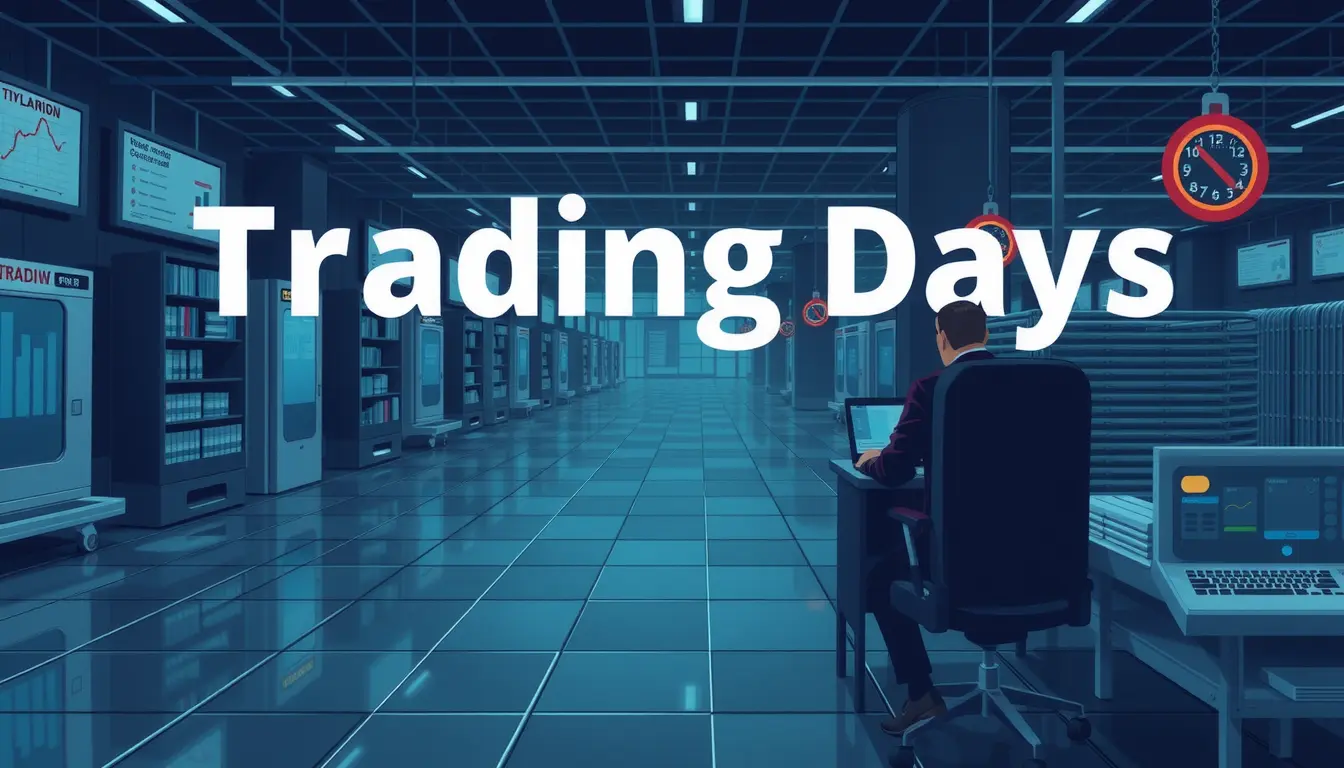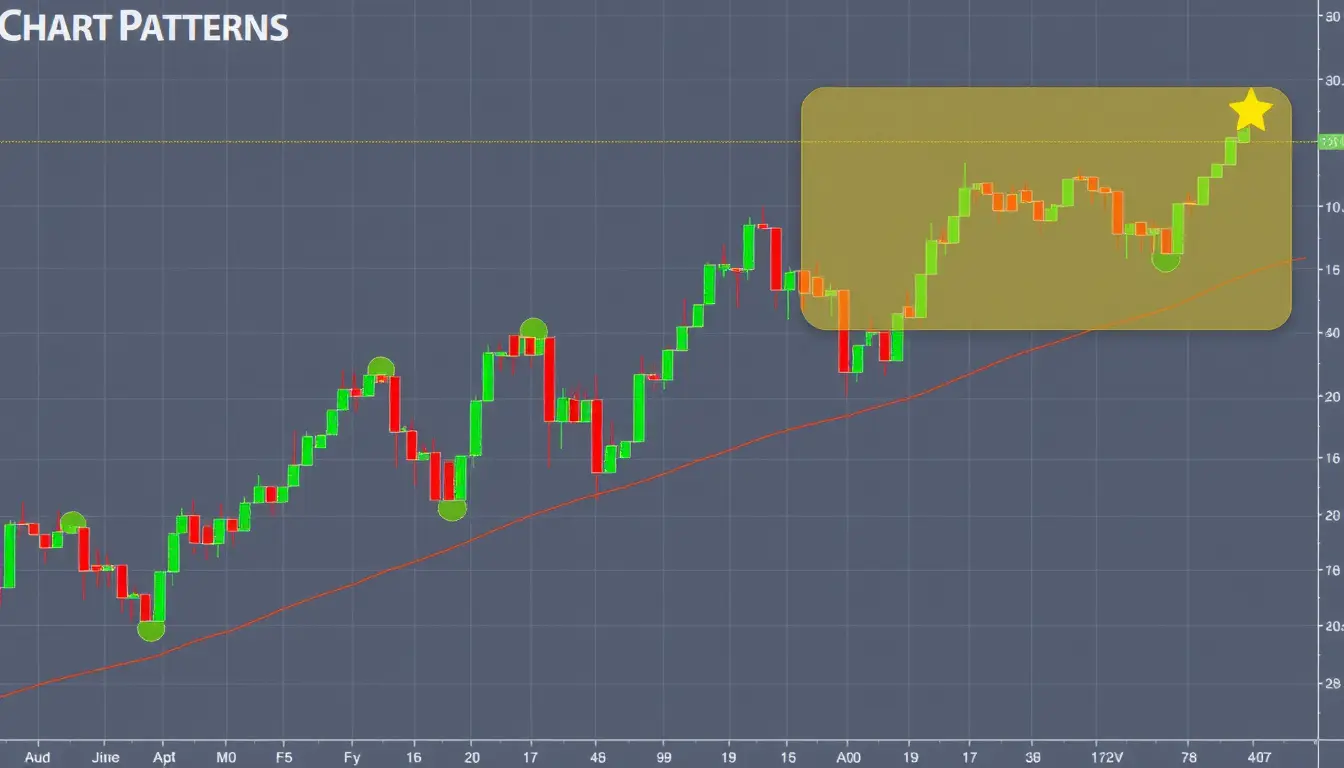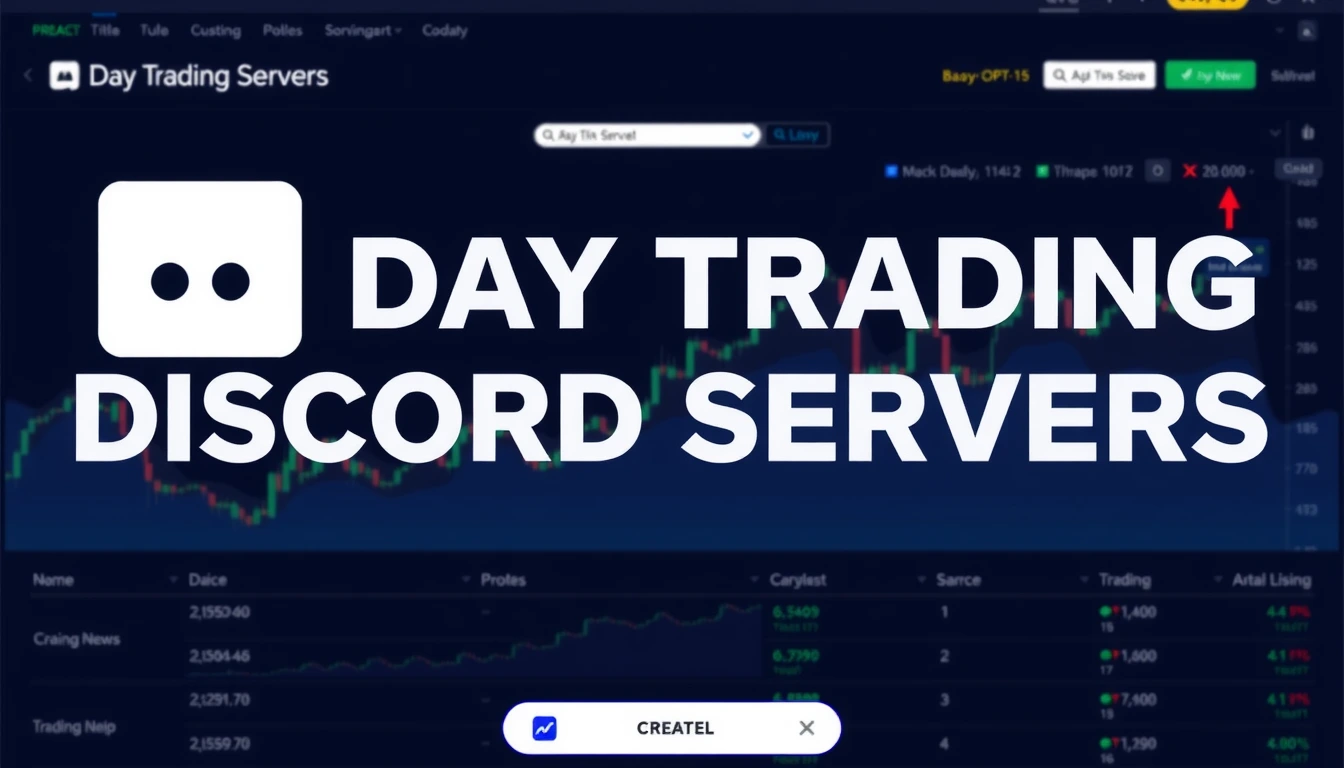What Are Trading Signals for Forex?
In the dynamic world of Forex trading, making timely and informed decisions is critical to success. Traders need strategies and tools that give them an edge, and one of the most effective tools available today is trading signals. These signals offer insights into the best moments to enter or exit trades, helping traders make decisions that could lead to profits while managing risks. In this blog, we’ll explore what Forex trading signals are, how they work, and the key advantages they provide to traders looking to navigate the complex currency markets.
These signals typically include:
- Currency Pair: The specific pair of currencies being traded (e.g., EUR/USD, GBP/JPY).
- Action: Whether to buy or sell.
- Entry Price: The price at which the trade should be initiated.
- Take Profit: A target price at which to close the trade and lock in profits.
- Stop-loss: A price point at which to exit the trade if the market moves against the trader to limit losses.
Types of Trading Signals for Forex
Forex signals can come from several sources, and the type of signal you choose depends on your trading style and needs. Below are the most common types of trading signals:
Manual Signals
These are generated by expert traders or analysts who observe the market, analyze data, and issue recommendations based on their insights. Manual signals often rely on a combination of technical analysis, market sentiment, and fundamental analysis. Human expertise plays a key role here, but the process may be slower compared to automated systems.
Automated Signals
With advancements in technology, automated systems can now generate signals based on algorithms that process vast amounts of data. These signals are delivered to traders in real time, allowing for quick action. Automated signals are ideal for traders who prefer data-driven, fast-paced decision-making without relying on human intervention.
AI-Powered Signals
Artificial intelligence (AI) has added a new dimension to Forex signals by using machine learning algorithms to analyze market patterns, predict price movements, and deliver signals based on complex data analysis. AI-powered signals often outperform traditional signals because they can adapt and learn from new data, increasing their accuracy over time.
Key Features of Trading Signals for Forex
Forex signals offer several features that make them invaluable tools for traders.
Real-Time Alerts
Forex signals are often delivered in real-time via platforms, SMS, email, or even mobile apps. Traders can act quickly on these signals to take advantage of market movements as they happen.
Comprehensive Market Analysis
Whether generated by a human expert or an algorithm, these signals are based on rigorous analysis. Factors such as market sentiment, technical indicators (like moving averages or RSI), and fundamental data (like interest rates or geopolitical events) all contribute to signal generation.
Actionable Insights
The signals usually provide more than just a buy or sell recommendation. They include detailed information like entry and exit points, as well as stop-loss and take-profit levels, giving traders a complete roadmap for their trades.
Adaptability
Many signal providers offer customizable options where traders can adjust the signals to match their trading style, whether they prefer short-term scalping, day trading, or longer-term positions.
How Trading Signals for Forex Work
Forex trading signals follow a process that varies depending on whether they are generated by humans, algorithms, or AI systems.
Market Analysis
The first step in signal generation is data collection. This involves analyzing historical price movements, economic indicators, technical chart patterns, and current market sentiment. For automated and AI-based signals, this data is processed by algorithms in real time, making decisions based on established trading strategies.
Pattern Recognition
Algorithms and AI are particularly adept at identifying recurring patterns in the market. They analyze large volumes of data, looking for patterns that suggest specific market conditions like potential breakouts or reversals. Human traders often rely on similar technical analysis techniques, but AI and automated systems can do this on a much larger scale.
Signal Generation
Once the system identifies a favorable trading condition, a signal is generated. This signal typically includes a currency pair, recommended action (buy or sell), and specific entry and exit points. Traders receive this information through their preferred method of communication.
Executing Trades
Traders can choose to manually act on the signals, entering and exiting trades based on the recommendations. Alternatively, they can use automated trading systems that execute trades as soon as the signals are generated, taking human emotion out of the equation.
Benefits of Using Trading Signals for Forex
Time-Saving
One of the biggest advantages of using trading signals is the time they save. Traders no longer need to monitor the markets constantly or perform in-depth analyses themselves. Signals provide all the necessary information in a concise, actionable format.
Increased Accuracy
Automated and AI-powered signals can process vast amounts of data in real-time, identifying trading opportunities that might be missed by manual analysis. This can result in more accurate predictions and better trade outcomes.
Emotional Control
Trading signals help eliminate the emotional biases that often lead to poor decision-making, such as panic selling or impulsively following trends. Signals are based on data and analysis, making them objective.
24/7 Monitoring
The Forex market operates around the clock, and it’s impossible for any trader to monitor it continuously. Automated systems can generate signals and alert traders at any time, ensuring that no profitable opportunities are missed.
Challenges of Trading Signals for Forex
Despite their advantages, Forex signals are not without challenges:
Over-Reliance on Signals
Traders must avoid blindly following signals without understanding the market context. Signals are tools, not guarantees, and relying on them without proper analysis can lead to losses.
Quality and Accuracy
The quality of signals varies across providers. It’s crucial to select reputable signal services that have a proven track record of delivering accurate and timely signals.
Costs
Many high-quality signal providers charge subscription fees, which can be expensive. Traders should weigh the potential benefits against the cost to determine if it’s a worthwhile investment.
Conclusion
Forex trading signals are valuable tools for traders who seek to navigate the complex currency markets efficiently. Whether generated by human analysts, automated systems, or AI-powered platforms, these signals offer guidance on when to buy or sell, helping traders make informed decisions. However, it’s important to use signals wisely, supplementing them with personal research and analysis to maximize trading success.
By understanding how Forex trading signals work and selecting the right provider, traders can enhance their strategies, reduce the time spent analyzing the market, and improve their overall trading performance.
Explore Best Buy and Sell Indicators




